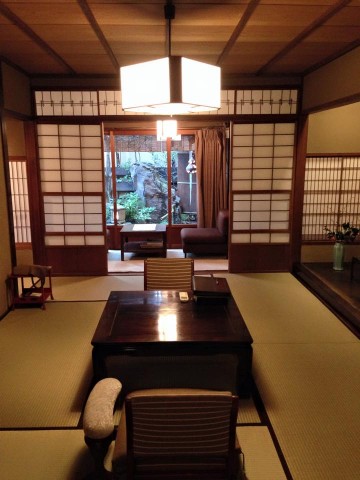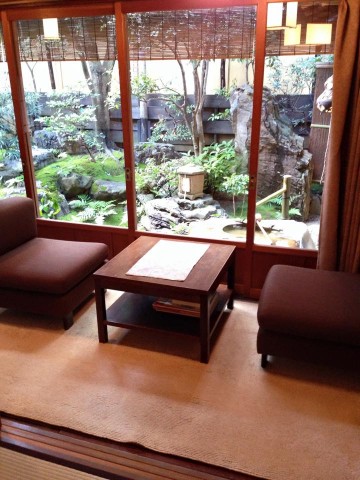 My two poems “Haiku for Van Gogh” and “how to say ‘yes’ in Japanese” (coincidentally read in Tokyo recently) are published in Pirene’s Fountain.
My two poems “Haiku for Van Gogh” and “how to say ‘yes’ in Japanese” (coincidentally read in Tokyo recently) are published in Pirene’s Fountain.
The bio and poetry from inside the pages of the latest issue:
Yuri Kageyama is a poet and writer of bilingual and bicultural upbringing, born in Japan and growing up in Maryland, Tokyo and Alabama. She has two books, “The New and Selected Yuri: Writing From Peeling Till Now” (Ishmael Reed Publishing Co.) and “Peeling” (I. Reed Books). Her works appear in many literary anthologies and magazines, including “Y’Bird,” “Greenfield Review,” “San Francisco Stories,” “On a Bed of Rice,” “Breaking Silence: an Anthology of Asian American Poets,” “POW WOW: Charting the Fault Lines in the American Experience _ Short Fiction from Then to Now,” “Other Side River,” “Beyond Rice,” “Yellow Silk,” “Stories We Hold Secret,” “KONCH” and “MultiAmerica.” She has read with Ishmael Reed, Shuntaro Tanikawa, Eric Kamau Gravatt, Geraldine Kudaka, Victor Hernandez Cruz, Winchester Nii Tete, Seamus Heaney, Takenari Shibata, Shozu Ben and many other artists. She is a magna cum laude graduate of Cornell University and holds an M.A. from the University of California, Berkeley. She is working on an oral history of Tokyo taiko drumming group Amanojaku, where her son Isaku Kageyama is a principal drummer. yurikageyama.com
Haiku for Van Gogh | ways of saying ‘yes’ in Japanese
Haiku for Van Gogh
An old wooden desk
Yellow dots of light shrieking
Van Gogh’s room
Warped plums dagger rain
Crazed geisha dance in ukiyoe oil
Breathe Van Gogh’s Japan
Sliced ear of love denied
Road to nothing ravens in flight
Genius of yellow
ways of saying ‘yes’ in Japanese
“Hai!!”
That’s the correct way of replying when spoken to in Japan for centuries, hai! the way people are taught in school, by their parents, what’s right in society _
respect for the hierarchy, yes sir, thank you ma’am, hai hai hai, like hiccups, like hiphiphurray, hai! hai! hai! no pause, no hesitation, no thought,
following orders, quick, no questions, grunt it out, soldiers at attention, yelling, spitting, believing, say it with all your heart and mind,
hai!
“Haa~aai!”
That’s the way people answer in Japan these says, haa~aai! the way people drop out of school, freeters, parents are just friends to follow only on Twitter _
flattening out the hierarchy, maybe yes, maybe not, haa~aai! like a mumble, like a whisper, a kiss on the ear, haa~aai, innocent, hurt only for others,
wind blowing in your hair, smiley faces heart icons in cell phones, improvise, imagine, immaculate, sing it without a care in the world,
haa~aai!


 My two poems “Haiku for Van Gogh” and “how to say ‘yes’ in Japanese” (coincidentally
My two poems “Haiku for Van Gogh” and “how to say ‘yes’ in Japanese” (coincidentally